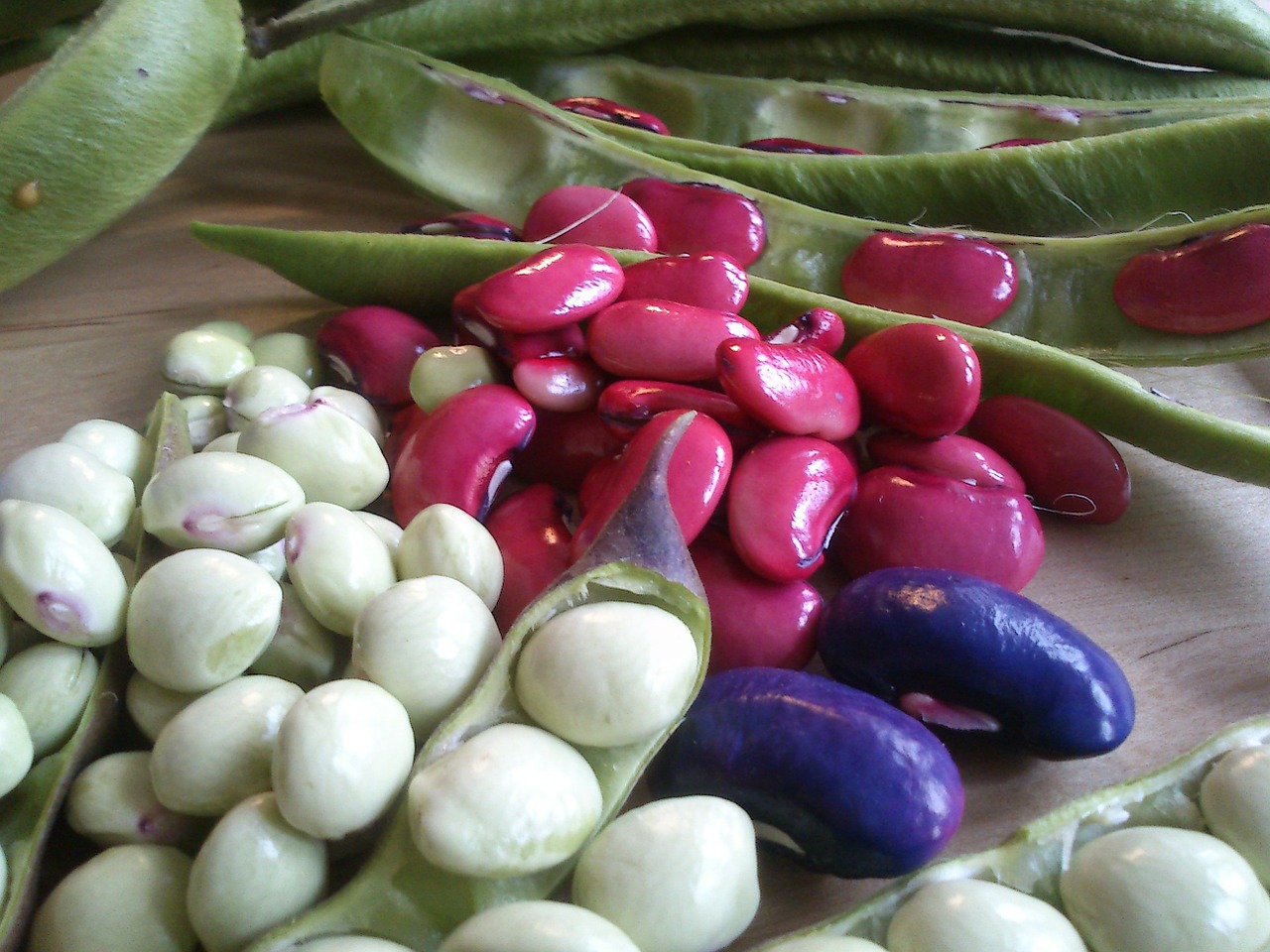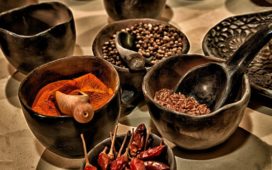[et_pb_section admin_label=”section”][et_pb_row admin_label=”Row”][et_pb_column type=”2_3″][et_pb_post_title admin_label=”Post Title” title=”on” meta=”on” author=”on” date=”on” categories=”on” comments=”on” featured_image=”on” featured_placement=”below” parallax_effect=”on” parallax_method=”on” text_orientation=”left” text_color=”dark” text_background=”off” text_bg_color=”rgba(255,255,255,0.9)” use_border_color=”off” border_color=”#ffffff” border_style=”solid”] [/et_pb_post_title][et_pb_text admin_label=”Text” background_layout=”light” text_orientation=”left” use_border_color=”off” border_color=”#ffffff” border_style=”solid”]
Pulses for weight loss – Pulses for a healthier Life
Protein Sources Part 1
Pulses are a source of high protein and make an important food source for the world population. Packed with amino acids, vitamins and minerals they make a substantial contribution of staying healthy if you eat them regularly. Pulses for weight loss is possible thanks to its ingredients.
[su_box title=”Protein Sources” style=”noise” box_color=”#9afba1″ title_color=”#080a08″ radius=”5″]Beans, Peas, Lentils, Chickpeas, Soybeans, Vetch, Lupins, Peanuts[/su_box]
Beans:
There are many different types of beans and they belong to the legumes family (Fabaceae). The world gene banks hold about 40,000 varieties although only a small part are being used for regular consumption. A Japanese study during seven years showed that 43,000 people between the ages of 40 and 79 they examined, all had a greater risk of getting colon cancer as they all took very small amount of fibers. The more fibers from the beans they took, the more they reduced the possibility of getting colon cancer, specifically the men got better results. The study also revealed, that fibers from beans showed a better result on colon cancer statistics than those from other fiber sources.
[su_box title=”What’s in Beans” style=”soft” box_color=”#9afba1″ title_color=”#080a08″ radius=”5″]
- rich in fiber and soluble fiber which can help lower blood cholesterol level
- high level of protein
- saturation level high
- polysaccharides make them difficult to digest for some people
- most of them can’t be eaten raw and are poisonous as the contain lectins – except for snap peas
- they can prevent heart diseases and high blood sugar
- anti-carcinogenic
[/su_box]
[su_box title=”Ingredients” box_color=”#9afba1″ title_color=”#080a08″ radius=”5″]Ingredients: zinc, potassium, calcium, magnesium, iron, B-vitamin family especially folic acid, amino acids[/su_box]
Weight Reduction through beans
Beans might have some calories but with their high amount of fibers and potassium they are ideal for weight reduction as they have just little fat and carbohydrates. Overall they are a good source of protein.
Helps blood sugar regulation:
High fibers and proteins are supportive to keep the blood sugar level down. They are responsible for slowing down the digestion and therefore keep the blood sugar on a constant level.
Peas:
Peas originally come from Asia Minor and are being used around the world now. Same as beans and lentils it belongs to the Legumes family (Fabaceae).
Peas are mostly being used as animal feed or vegetables and contain high amount of proteins as well as polyphenols, vitamins, minerals, and amino acids.
A study from Mexico City determined that polyphenols can reduce gastric cancer.
[su_box title=”What’s in Peas” style=”soft” box_color=”#1ae339″ title_color=”#080a08″ radius=”5″]
- high in protein and fibers
- rich in polyphenols which is an antioxidant, anti-inflammatory and anti-carcinogenic
- phenolic acid
- flavonoids
- lowers the cholesterol level
- strengthens the immune system
- supports brain and nerve system
- supports bones
- anti-inflammatory
- anti-bacterial
- anti-viral
- anti-fungal
[/su_box]
[su_box title=”Ingredients” style=”soft” box_color=”#1ae339″ title_color=”#080a08″ radius=”5″]Ingredients: Potassium, magnesium, zinc, B-vitamin family, vitamin C, vitamin E, carotin, lecithin, saponins, amino acids and omega-3 fat[/su_box]
Lentils:
Lentils belong to the Legumes family (Fabaceae) like beans and peas. As the lentils can grow in dry areas, it grows well from the Mediterranean to Central Asia, in Northern Africa, the Middle East and Europe as well as in the Caucasus, the plant production comes mainly from Canada, Turkey and India.
There is a wide range of types of lentils, from green to brown unpeeled lentils, as well as the red peeled and halved lentils.
If you think, you can’t digest lentils well then just add some vinegar during cooking.
[su_box title=”What’s in Lentils” style=”noise” box_color=”#e39f1a” title_color=”#080a08″ radius=”5″]
- rich in proteins and carbohydrates
- high amount of zinc in the lentils, which supports the immune system, strengthens the heart, rapid wound healing
- activates nerves
- supports concentration
- calms when in stress
- supports weight loss
[/su_box]
[su_box title=”Ingredients” style=”noise” box_color=”#e39f1a” title_color=”#080a08″ radius=”5″]Ingredients: Potassium, magnesium, B-vitamin family, zinc, lecithin, folic acid, niacin, phophorous, amino acids[/su_box]
Image Source: Pixabay
[/et_pb_text][et_pb_text admin_label=”Text” background_layout=”light” text_orientation=”left” use_border_color=”off” border_color=”#ffffff” border_style=”solid”]
[/et_pb_text][/et_pb_column][et_pb_column type=”1_3″][et_pb_sidebar admin_label=”Sidebar” orientation=”right” area=”sidebar-1″ background_layout=”light” remove_border=”off”] [/et_pb_sidebar][/et_pb_column][/et_pb_row][/et_pb_section]







